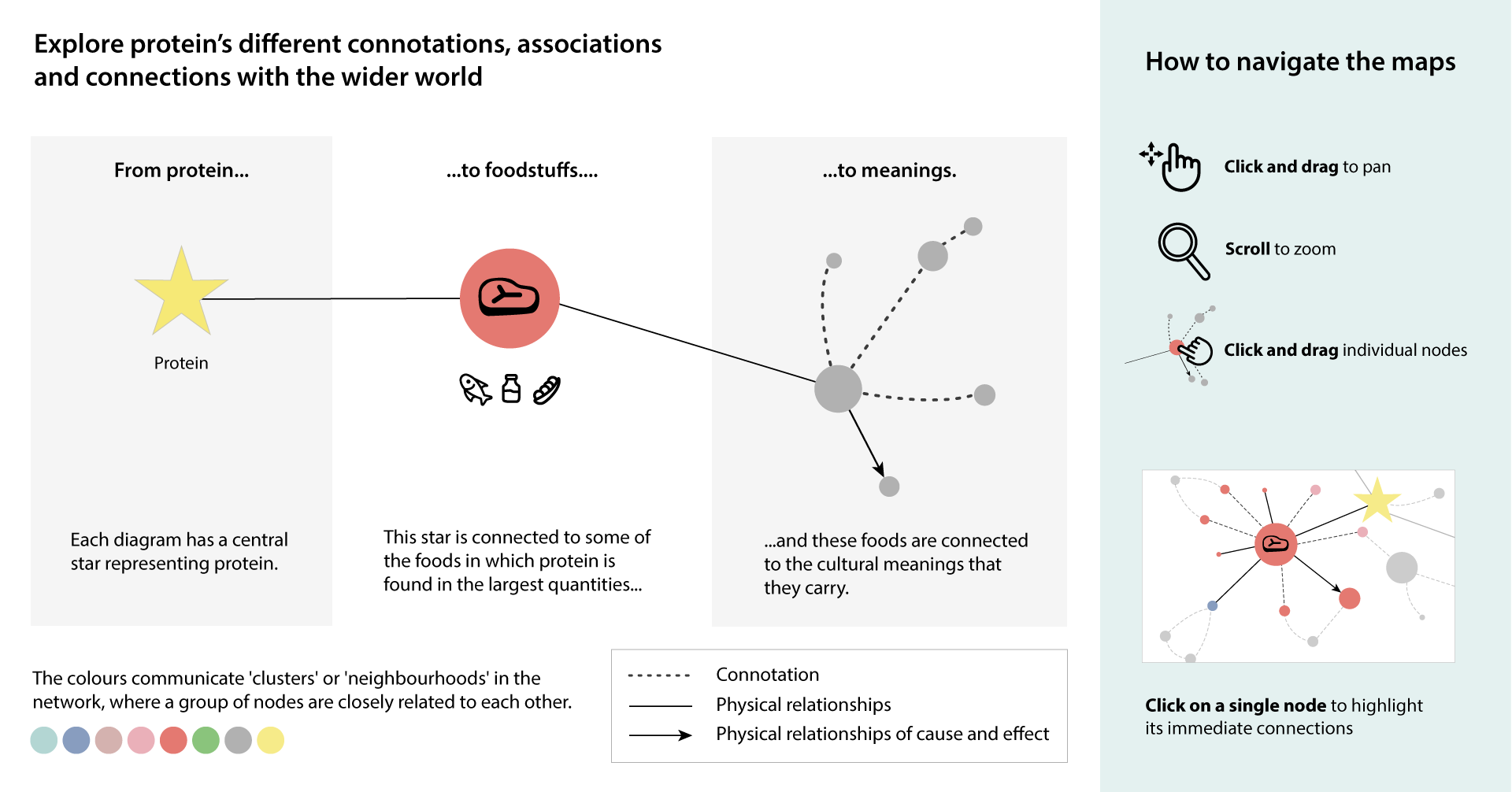
Protein meaning map for India
In India, meat, egg, dairy products, fish, nuts and pulses are consumed as sources of protein. Livestock farming for dairy has been a tradition/culture and taken as a matter of national pride in India. Livestock is still considered as an asset in rural India. Consumption of dairy products is considered to provide strength, growth and good health. Dairy products are considered sacred in few religions and are used in prayer rituals.
On the other hand, meat has diverse meanings in different parts of India due to diversity of culture and religious beliefs. In some parts of India, meat is consumed daily or at least weekly as feast, while in other parts meat is considered impure due to animal cruelty concerns and religious beliefs. Among different types of meat, beef is considered unholy as per certain religious sentiments. In many families in Northern India, only men consume the meat outside homes and it is not cooked at home. However, due to urbanization and other factors, meat consumption is increasing and the connotations are changing.
Egg has become a popular source of protein for a growing population in India and consumed daily. Pulses comprise the daily diet throughout India. They are an important source of protein for vegetarian people and also for those who can’t afford other expansive sources of protein. Nuts, being expensive, symbolize elitism. Fish is mainly consumed in the coastal regions and is considered as a smelly food in other regions. However, it is considered healthy as compared to other sources of meat.
About the author
Tripti Agarwal works as an Assistant Professor (Environmental Sciences) at the National Institute of Food Technology Entrepreneurship and Management-Kundli (NIFTEM-K, An Institute of National Importance), India. She did her Ph.D. in Environmental Sciences from Jawaharlal Nehru University, New Delhi. She has more than a decade of experience in the field of organic contaminants in food and other environmental matrices. She has also been working on various aspects of food and environment interaction and life cycle assessment.



Post a new comment »